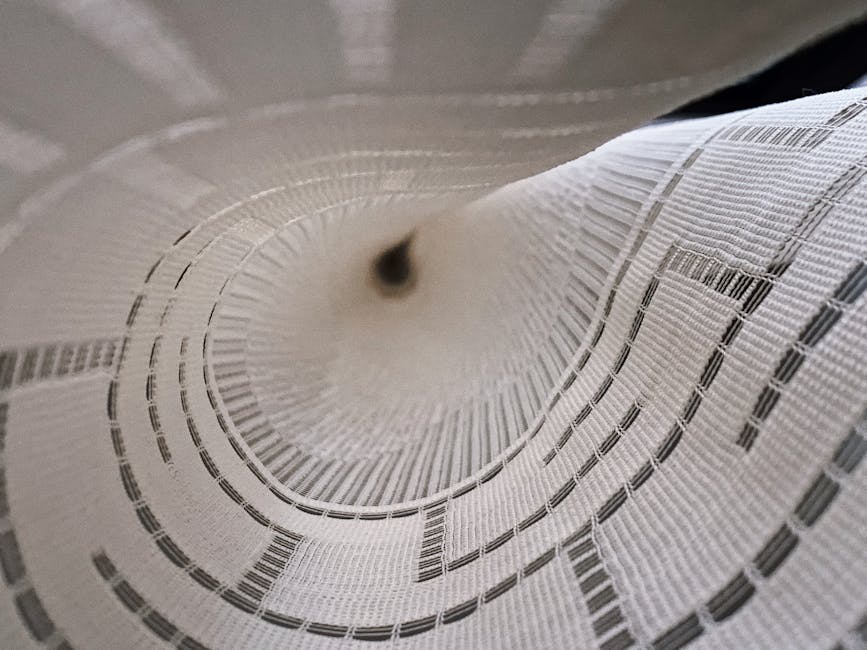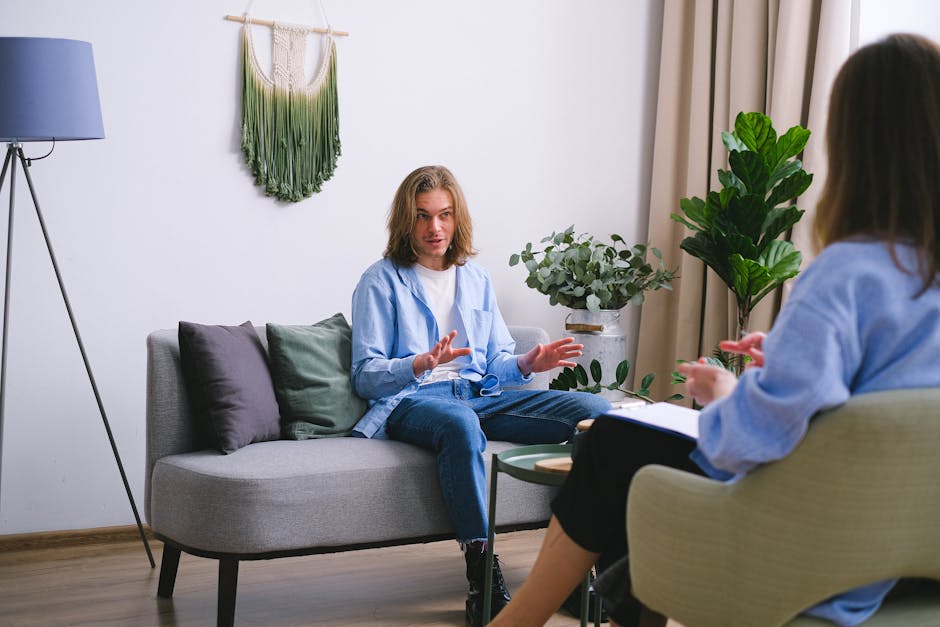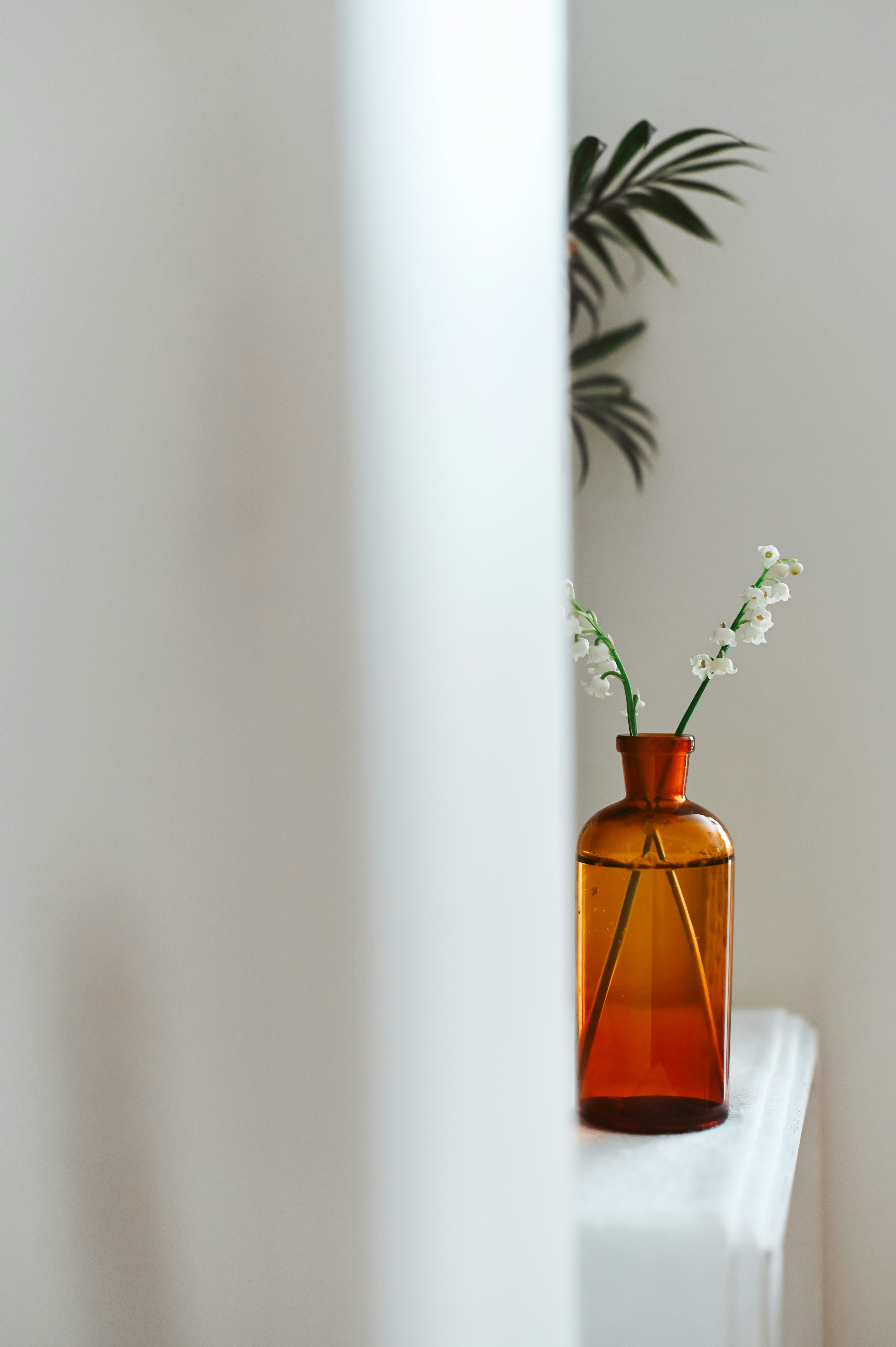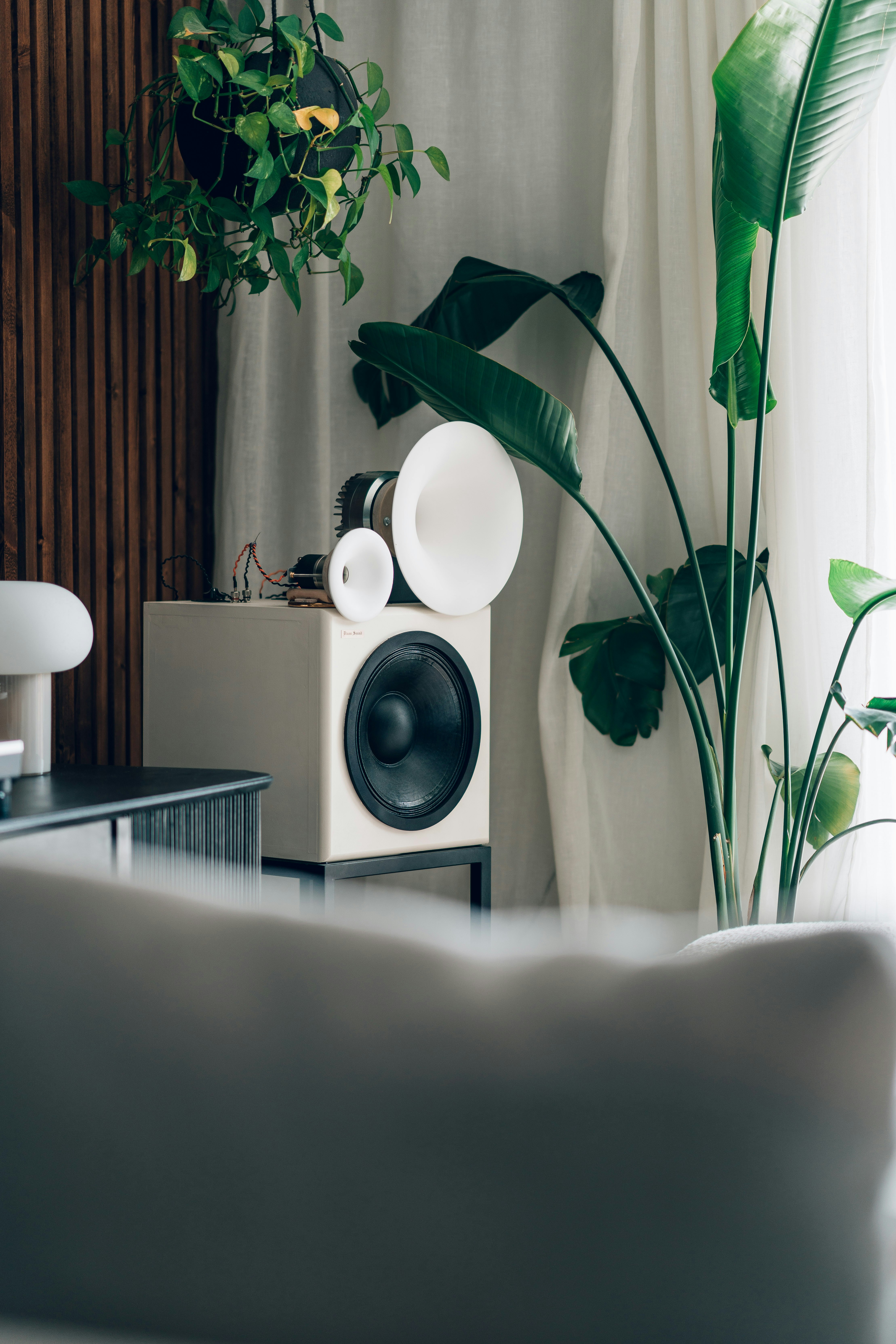Invisible Walls: DIY Innovations for Flexible Living with Optical Illusions
In the world of home decor, the quest for adaptability meets artistic flair in an exciting new trend: using DIY innovations to create "invisible walls." These clever design strategies utilize optical illusions and modular concepts that encourage flexible living spaces without sacrificing comfort or style. Imagine transforming your small apartment into an expansive oasis—one that effortlessly shifts from serene calm to a vibrant social hub. This guide dives deep into innovative DIY techniques that will redefine your space and inspire a fresh perspective on living.
Entering the World of Invisible Design

When we think about walls, we often envision solid barriers that delineate rooms and restrict movement. But what if we told you that you could create the illusion of separate areas without the physical encumbrance of walls? Welcome to the realm of invisible walls. This concept allows you to convey a sense of depth and dimension, manipulating perception through color, light, and innovative design techniques. The beauty of invisible walls lies in their versatility. Whether you live in a compact apartment or an expansive home, these ideas will help you create a spacious, fluid atmosphere.
Understanding Optical Illusions in Home Decor

Optical illusions aren't just the efforts of a funhouse; they are tangible tools you can use in your home. Leveraging colors and patterns can dramatically alter how we perceive spaces. For instance, lighter shades generally make a room appear larger, while dark hues can create coziness—an effect you can use strategically.
A study from the Journal of Environmental Psychology highlights how certain patterns can impact our perception of space. Bold designs can either confine or open up a room, depending on how you employ them. Try painting one wall in a deep color while keeping the others light to see how it transforms your perception of size.
Modular Design: The Key to Flexibility

Modular design is another avenue to explore when creating invisible walls. This approach entails using furniture or decor that can be moved or reconfigured easily. Think of shelving units that can serve as bookcases, room dividers, or display stands depending on the day's needs. You could, for example, use a set of movable partitions instead of a solid wall to separate your work-from-home area from your living space.
Creating mobile dividers can be both functional and artistic. A company like IKEA has made strides in providing pieces that encourage reconfiguration and personalized decor, which you can utilize to fit your unique lifestyle. Moreover, get inspired by acoustic art to keep your work zone quiet while maintaining an inviting atmosphere.
Utilizing Color Psychology for Emotional Wellness

The colors you choose can not only alter the perceived size of a space but also influence your mood and emotional well-being. Implementing color psychology in your invisible wall designs can enhance the ambiance of your home. For example, warm colors can create a sense of intimacy, making areas appear cozier, while cool colors promote calmness and spaciousness.
Consider creating a serene zen corner at home, inspired by biophilic design, where earthy tones combined with greenery offer a tranquil escape from a hectic day. Explore how nature-inspired decor can enhance well-being through connectedness with the natural world.
Engaging All Five Senses in Your Design

Why limit your design ventures to sight alone? Consider incorporating elements that engage all five senses, making your invisible walls an experiential canvas. Select textures that feel inviting, scents that evoke memories, and sounds that harmonize with your lifestyle. For example, soft textiles can appease the sense of touch, while carefully curated sounds can enhance the auditory experience in a living space.
Focusing on sensory engagement allows you to create a more immersive living environment. You could craft a DIY aromatherapy station that utilizes soothing scents, establishing a relaxing zone.
Temporary Walls: Creative Solutions for Living Space Management

One of the greatest challenges in flexible living is the transitory nature of our lives. We've all experienced the feeling of an overcrowded space or needing to adapt to new family dynamics. This is where temporary wall solutions shine. Folding screens, curtains, or even wall stickers can create an immediate division when necessary, while allowing you to reclaim an open feel when not in use.
One creative approach is using sheer curtains as invisible walls. They allow light to penetrate while creating soft divisions between spaces. This method encourages open dialogue, offering the option to separate the kitchen from the living area without sacrificing visibility.
Reviving Vintage Secrets with Upcycling

As we think about modern designs, don't overlook the beauty of vintage decor. Upcycling antique or vintage pieces is a trend that's gaining momentum in DIY projects, demonstrating that beauty is sometimes found in imperfection. Learn how to create aromatic home fragrances using outdated or unused items. You’ll craft not just a decorative piece, but a conversation starter full of stories and charm.
Beyond Aesthetics: Practical Applications of Invisible Walls

While aesthetic appeal is important, functionality is key in home decor. Invisible walls need to serve a purpose. Think about your daily life, your routines, and needs—what are the spaces where flexibility is most desired? You might find solutions in unexpected places. Work-from-home setups, guest accommodations, or play areas for your children can all benefit from this innovative approach.
Modular furniture that transitions from dining to entertainment, like expandable tables or stacking chairs, provides options that effortlessly adapt to daily changes.
Play with Light to Alter Perception
Another significant aspect in creating invisible walls involves light manipulation. Strategic illumination can sculpt spaces, drawing the eye towards specific areas while softly blending others into the background. Techniques such as installing LED strip lights can highlight architectural details, break up monotonous lines, or even accentuate your new modular designs.
A well-placed light can turn any corner into an inviting nook, further enhancing the illusion of separate spaces. Consider how adding light around your kinetic light installations can create both visual appeal and dynamic movement within your design.
Embracing Technology for Smart Solutions
Technology is aiding our design goals with smart home integrations. Innovative apps can help you visualize how modular designs will change your space before making the commitment. By incorporating smart technology, you can control light, sound, and even aromatherapy, creating a personalized environment that shifts with your needs.
Imagine the possibilities of marrying modular design with technology. Envision a living room that transforms into a movie theater with a click of a button or a Zen retreat that provides tranquil sounds and smells at your leisure. Tools like augmented reality can assist in visualizing how new decor ideas will look in your space.
Practical Tips for Implementing Invisible Walls
As you embark on your own DIY journey to create invisible walls, consider these practical tips to streamline your process:
-
Start Small: Begin with one area that needs separation or enhancement. Whether it's a corner of your living room that would benefit from a little color change, or how adding in movable pieces could shift your flow, focus your efforts there.
-
Experiment with Light Sparingly: Choose to delimit areas with soft lighting choices that can be easily adjusted or removed. This allows for easier shifts in layout and mood.
-
Incorporate Variety: Don't be afraid to mix different styles or materials. Consider textures, colors, and shapes, all tailored for your signature style while keeping them adaptable.
-
Research & Plan: Browse websites like Pinterest for inspiration while also reading blogs or viewing videos about specific projects. The more ideas you gather, the better equipped you'll be to marry various concepts into something uniquely yours.
Final Thoughts
Creating invisible walls through innovative DIY ideas and considerations can profoundly transform your living space. By leveraging optical illusions, modular design, color psychology, and personal touch, you can establish an adaptable environment that responds to your needs and lifestyle. Who says walls can't be reimagined? With these strategies, you're empowered to create not just a home, but a haven that is as distinctive as you are.
Explore the flexibility of your space by starting today; say goodbye to static living and let your imagination flow. Dive into other home decor projects like acoustic art installations or embrace the charm of nostalgic decor. After all, every home tells a story—make yours speak of creativity, comfort, and renewal.



